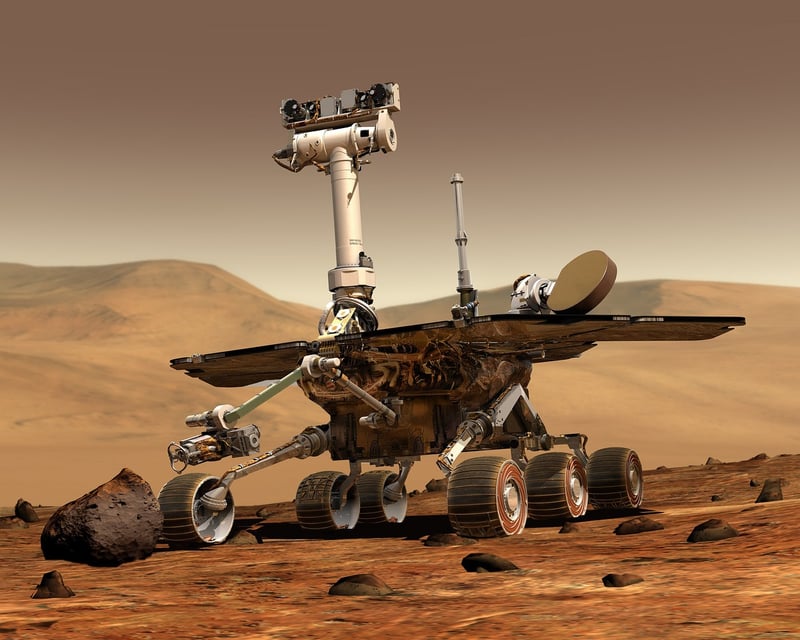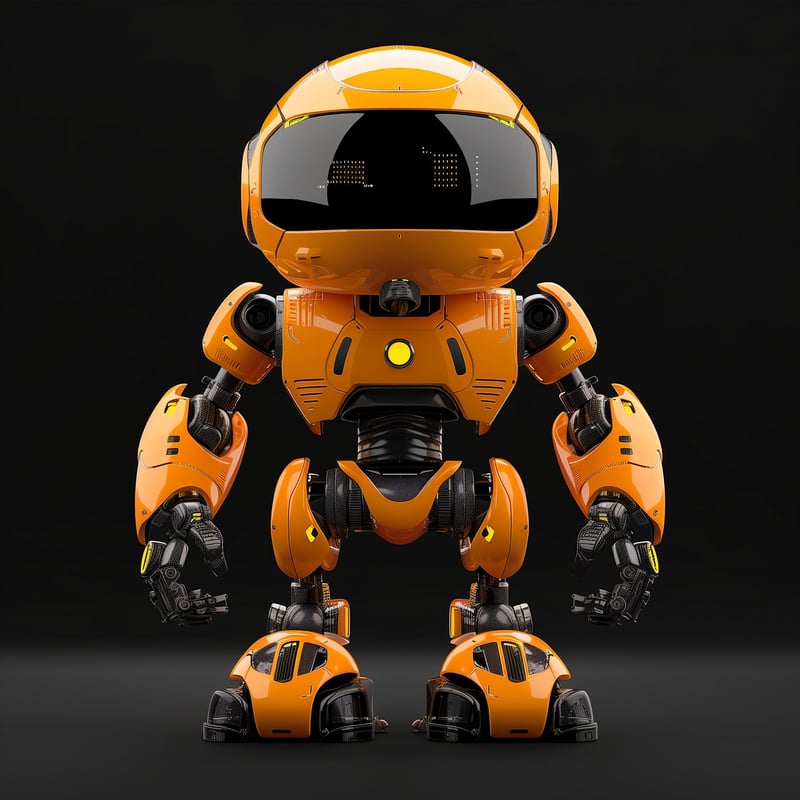Robotic Advancements
The Evolution of Robotics: A Journey Through Technological Progress
Robotic advancements have revolutionized various industries, from manufacturing to healthcare, and continue to shape our future. Let's take a journey through the evolution of robotics and explore the incredible technological progress that has been made in this field.
1. Early Beginnings of Robotics
Robots have come a long way since their early beginnings. The first known robot, Unimate, was introduced in the 1960s to assist with tasks in industrial settings. Since then, robotics has expanded into diverse applications, including space exploration, defense, and even household chores.
2. Key Technological Milestones
Throughout the years, several technological milestones have propelled robotics forward. From the development of artificial intelligence and machine learning to advancements in sensors and actuators, each innovation has contributed to the capabilities of modern robots.
2.1 Artificial Intelligence (AI)
AI plays a crucial role in enhancing the autonomy and decision-making abilities of robots. Machine learning algorithms enable robots to learn from data, adapt to new situations, and perform complex tasks with precision.
2.2 Sensors and Perception
Robots rely on sensors to perceive and interact with their environment. From cameras and lidar to ultrasonic sensors, these technologies enable robots to navigate spaces, avoid obstacles, and manipulate objects effectively.
3. Applications of Robotics Today
Today, robots are deployed in various industries, driving efficiency, safety, and innovation. Some notable applications of robotics include:
- Manufacturing: Robots are used in assembly lines for precision tasks and repetitive processes.
- Healthcare: Surgical robots assist doctors in performing minimally invasive procedures with high accuracy.
- Autonomous Vehicles: Self-driving cars incorporate robotics technology for navigation and control.
4. Future Trends in Robotics
The future of robotics holds exciting possibilities, with emerging trends such as collaborative robots (cobots), swarm robotics, and soft robotics shaping the next generation of robotic systems. These advancements aim to enhance human-robot interaction, flexibility, and adaptability in various environments.
As we continue to witness the evolution of robotics, one thing is certain – the impact of technological progress in this field will continue to drive innovation and transform the way we live and work.

Explore more about the fascinating world of robotics and stay updated on the latest trends and developments in this dynamic field.
For more information, visit Robotics Tomorrow.
